Meditative works of art, dedicated to the exploration of traditional materials and novel crafting techniques serve as brilliant objects for decoration, discussions, and discourses. The latent symbolism that layers these creations—on account of the themes that inspire them and the emotions they elicit in the maker—usually manifests itself through layered elements and innovative features in the final products. US-based ceramic artist Evgeniya Plotnikova’s experiments in ceramic, too, serve as evocative expressions of her understanding of the world. While some of her ceramic objects are explorations into the materiality of this natural material, others serve as pertinent and socially potent messages that can intrigue and inspire as well as be acquired and owned. Plotnikova’s inclination towards art and her vocation in architecture inform her unique craft. The Siberian artist, now based in the United States, builds sculptures—under her studio EVG.WORKS—that can easily serve both utilitarian and decorative purposes.
In an attempt to gain a glimpse of the artist’s practice and the various themes that inspire her craft, STIR spoke to product designer Evgeniya Plotnikova.
STIR: What led to the creation of EVG.WORKS? Tell us a little about your creative journey.
Evgeniya Plotnikova: I was born and raised in Siberia. I started making things from an early age. When I was 20, I immigrated to the United States to pursue architecture. Since then, I have lived in Chicago, New York, and Seattle. I hold a Master of Architecture degree from the University of Illinois at Chicago and a few years ago, I became a registered architect in WA state.
Since I am formally trained as an architect, my mind works in 3D, naturally. However, I juggle my art practice and an architecture career. I have always been inspired by form versus surface, and object versus pattern. My journey in ceramics started in 2019 in a Brooklyn clay studio with the intent of releasing creative energy, venting out work stress, and exploring my fascination with the material. This interest grew into a passion, which then led to setting up a home studio and the creative practice EVG.WORKS.
STIR: What are some stories and ideas that guide and inspire you?
Evgeniya: Upon moving to Washington state, I found joy in taking care of the garden that we inherited from the previous house owners. During the pandemic, I developed a deeper appreciation for flowers, and their beauty and complexity. Observing the variety of flowers got me thinking about the container we put them in, their role, and their function. A vase can be more than just a vessel. It can be tailored to a particular kind of flower—single or bouquet. It can serve as a standalone sculpture or as an object d' art. Some of my designs hold water and others allow space for creating new possibilities for floral arrangements.
Some things that I find inspiration in are minimal sculptural sensibility, rich emerald colours, orca whales, post-modern boldness, conceptual fashion, radical designs, classical operatic singing, curves, nature, and poetry.
STIR: What does the process of ideation and creation look like at the studio?
Evgeniya: It’s a very alive and focused process. I collect cut-outs from magazines, of the things I am inspired by and organise them into small collages. At the beginning of my creative journey, these collages helped a lot to figure out the identity question. By collecting and organising, I am learning about myself, things like what shapes I am most attracted to, what colours, materials, etc. I observe and let the material guide me. For example, the amount of water in clay determines its gradient and consistency. The clay is soft when moist. The character of soft clay is like thick fabric; it can gently fold and fall under gravity. My new series Fold is an exploration of this soft clay behaviour. When clay is dry—on the other hand—it has a different structure that allows it to hold its shape stoutly. In my Cuffs Couleur vases, for example, it was critical to catch clay in this ‘structured’ consistency. This kind of clay, when allowed to dry a little bit more, becomes perfect for carving. To carve drier clay, I have a limited time window of around two hours before it's too dry to work with. I also work with other materials, but my focus remains on ceramic and porcelain. Designs are developed by experimenting with hand-building techniques. I often use gold lustre to highlight details. Most of the designs are slab-built out of coloured porcelain, with colour pigment mixed into the clay body and a clear glaze applied on the inside.
My most interesting designs were born out of ‘mistakes,’ situations where I had to let go of control and let the material communicate with me. For instance, the design of Golden Cuffs came about when I had to mitigate a crack in the middle of the vase by carving out a hole. Fold's design came about when I opened a new block of clay and it was too wet to hold a shape. I consider such unexpected moments to be true magic, a kind of dancing with the clay. We are partners and we create together.
STIR: Several designs such as War Maps and Act talk about the ravage that comes with war and other socio-political crises. Could you tell us a little about the experiences and observations that have prompted this creative response?
Evgeniya: Recent global events such as the Russo-Ukrainian war had a deep emotional response within me, which materialised into new vase designs. I started to use my art to raise awareness. It was a way for me to process all the emotions and let them out of my system. At the beginning of the Russo-Ukrainian war, it felt like a large part of Russian society was going about ordinary life as if nothing was happening. The postmodern graphic sensibility of Act helps convey a social message. With crisis comes a choice—to be blinded and silenced by fear or to find the courage to see and speak one's truth. To Act out of love, rather than hate, fills our mouths with flowers.
War Maps' design, on the other hand, came about as a reflection on the constant flow of terrifying news about new towns being occupied, freed, and occupied again. The division line between warring sides is never a straight perfect line. Rather, it is a constantly debated push-and-pull curve. So, I had contrasting colours collide to make up the body of the vase and then I was thinking about humans and all the souls, talents, and lives being wasted because of the war. Like a drop of blood, I dropped a gold glaze from the brush onto the vessel to symbolically manifest the preciousness of individual human life.
Fold’s design is about soft heaviness on the brink of collapse. Thinking about the psychological state of people who lost their homes and/or their loved ones because of the war conflict, yet who are trying to stay put and carry on in the new reality.
STIR: How would you like your creations to be experienced and interpreted by users?
Evgeniya: My vases are far from typical vessels. They share certain sculptural qualities and a personality that elevates these objects into the art territory. They would look great as standalone sculptural objects while also bearing the scope of being further invigorated with florals. They offer a creative opportunity for the owner to play with interesting arrangements and figure out what flowers work best with the vase. Whether it is a variety of cut-outs that allow users to play with the arrangement or a smaller bud vase made for a single flower, there is an intimate conversation established between the container and the flowers. Without flowers, it becomes a perfect minimalistic abstract sculpture to stand on the bookshelf or a console table.
STIR: Against the concerning realities of climate change and pollution, what steps is the studio taking to facilitate a green and sustainable future?
Evgeniya: These pieces are essentially made from the earth by the human hand. What could be more sustainable than that? We are also mindful of the packaging materials used to ship out the products, making sure the cushion material and wrapping are recyclable. Wool felt pieces are made with off-cuts that are a waste material from a larger order.
STIR: Is there a contemporary cultural or design phenomenon that inspires your work? Are your designs more Siberian or American?
Evgeniya: The challenge of creating something contemporary in its spirit that cannot be mass-produced is what inspires me. I think, one of those trends, is a renewed interest and an appreciation of traditional slow crafts techniques overlaid with contemporary aesthetic and sustainable materials. My mother, for instance, collects old used jeans, cuts them into narrow long pieces to make a sort of thread, and hand-weaves cool denim floor runners out of them. There is a nice tension produced in the playful re-interpretation of tradition. I would not characterise my designs as Siberian or American, as they are authentic to my personality and aesthetic sensibility.
STIR: What has been your most challenging project to date?
Evgeniya: Each design is highly dependent on the technique and how it is made. I develop these methods as I work on a series of vessels, learning from each piece. The new Fold series is very demanding in terms of understanding clay behaviour. I still have a long way to go. With Fold, for instance, the hardest part is to figure out how to manage soft clay so that it simultaneously falls and folds beautifully, yet holds itself vertically and does not collapse entirely. It’s a pure balancing act. Another issue to resolve is the mini cracks created because of high material stress in folded areas. Even barely visible, these cracks allow the water to escape, and the vessel leaks.
STIR: Do you also plan on experimenting with materials other than clay? If yes, which materials?
Evgeniya: In 2021, I went to Tuscany, Italy to learn the craft of marble carving. I fell in love with it immediately. It is a contrast between clay and stone. While clay is immediate and quite capricious, stone is reliable and supportive. Clay is about forming, stone is about carving out, and subtracting. Clay is malleable, stone is solid. So far, I only have experience working with marble and I appreciate its ability to simultaneously be soft enough to carve and hard enough to hold an edge and create the most delicate details. I love the whiteness of Carrara marble and its minimal pattern. I would love to try working with basalt, this stone is dense and looks just like silk when polished. I also work with wool felt. I collected many off-cuts and samples used in architecture practice and wanted to do something with them. That’s when Lips tablemats came about. Smaller pieces of various colours are coming together to create a larger playful shape. Then, I used a similar approach and designed an area rug. Felt is a beautiful material to work with, it is easy to cut with a rotary knife and the edge is perfect as is.
STIR: What’s NEXT in store for you?
Evgeniya: I would love to advance my stone carving practice. I am currently developing a collection of abstract marble sculpture pieces titled Body Parts and planning to release them sometime next year. I am also working on a ceramic sculpture for an exhibit in an art gallery in Seattle. I am also interested in making a shift from functional pieces towards abstract sculpture works, in both ceramic and stone.






 Sign in with email
Sign in with email


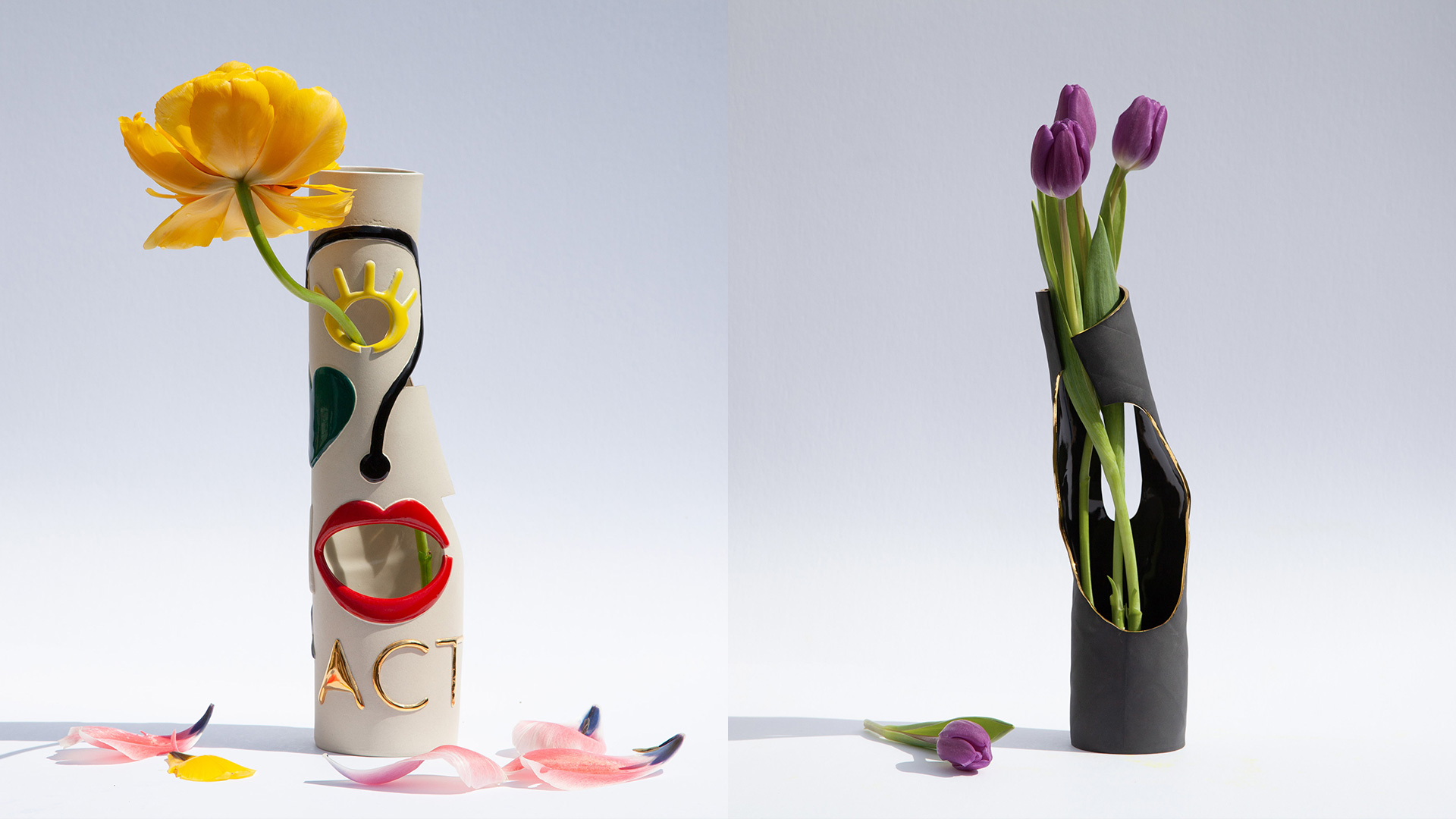
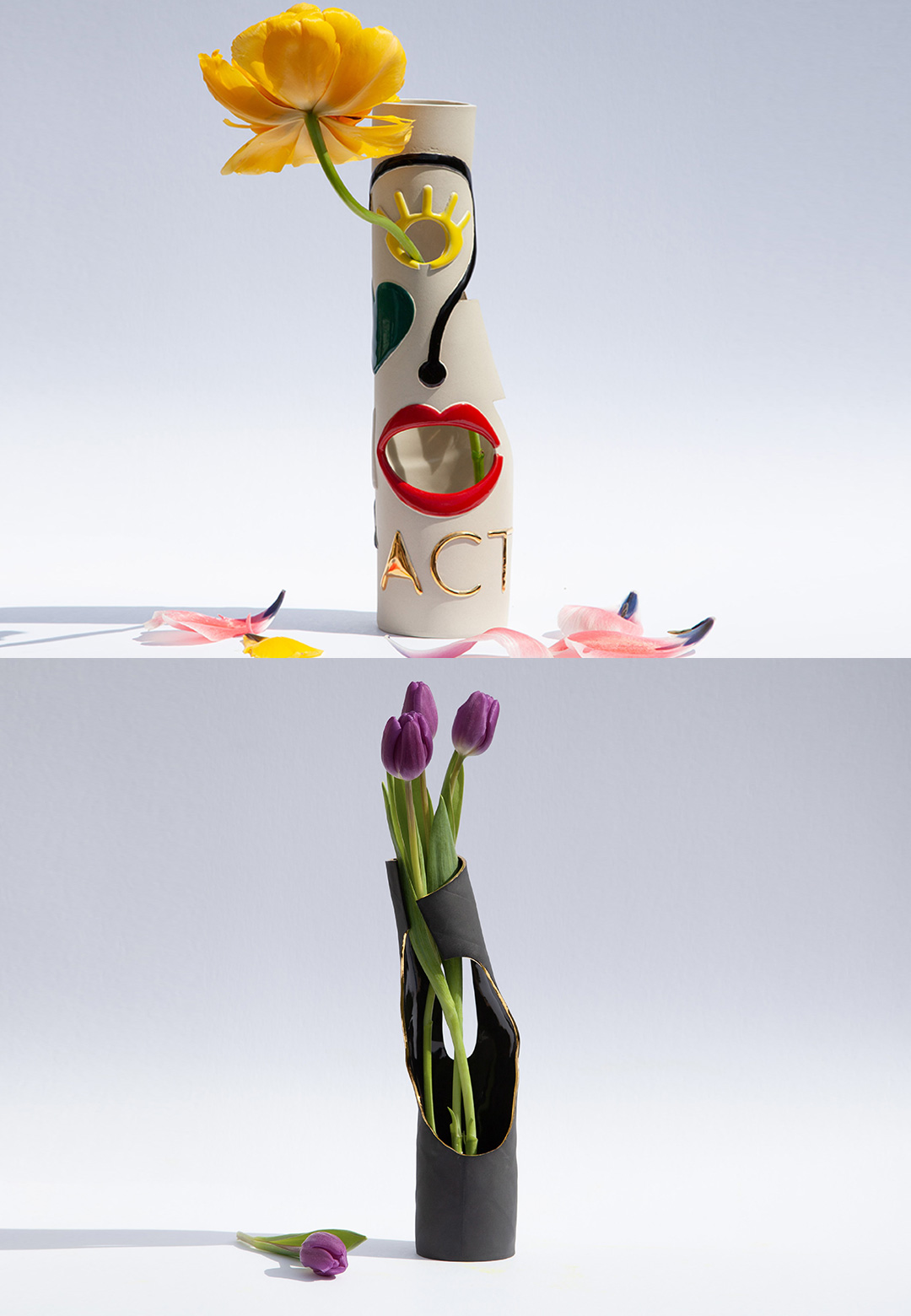
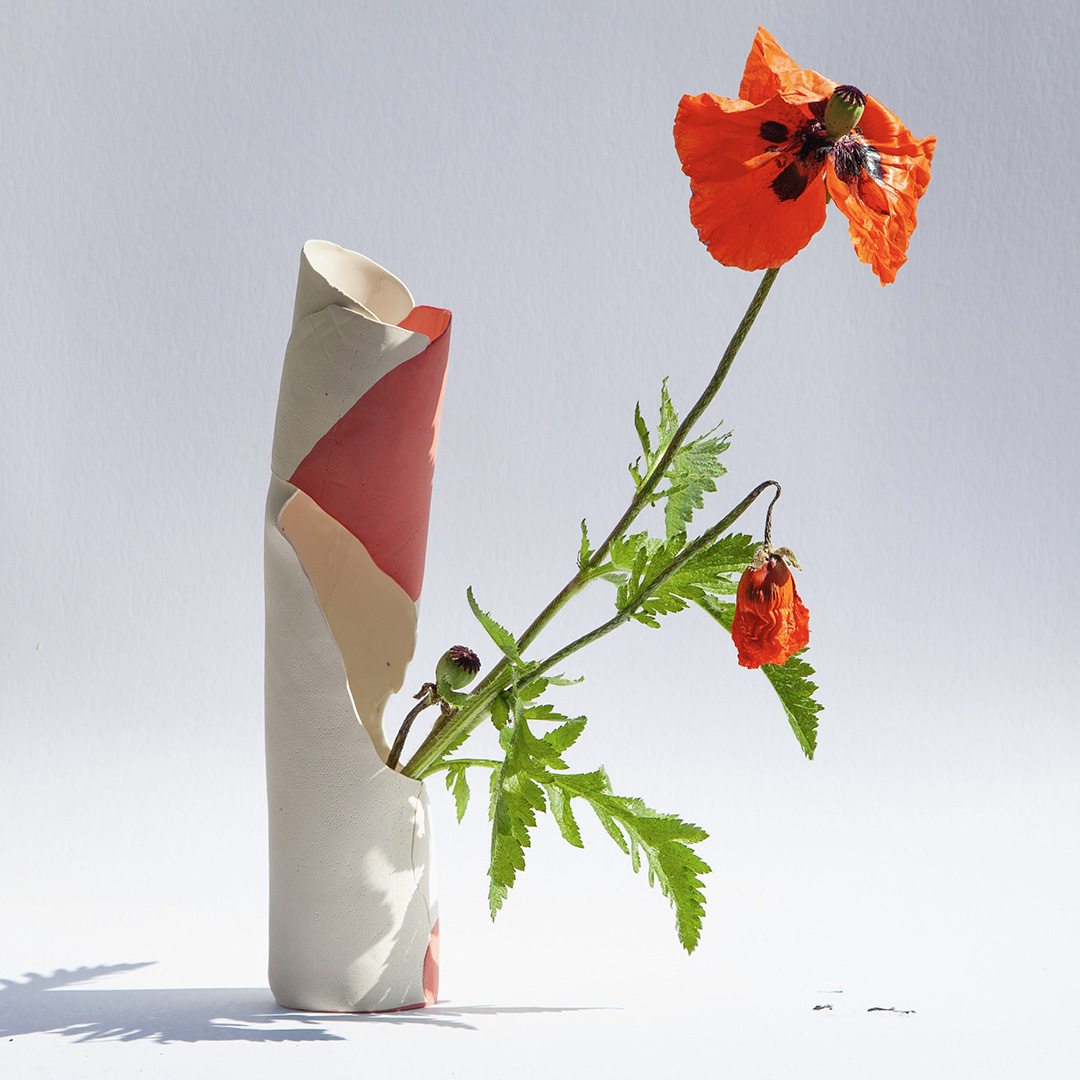
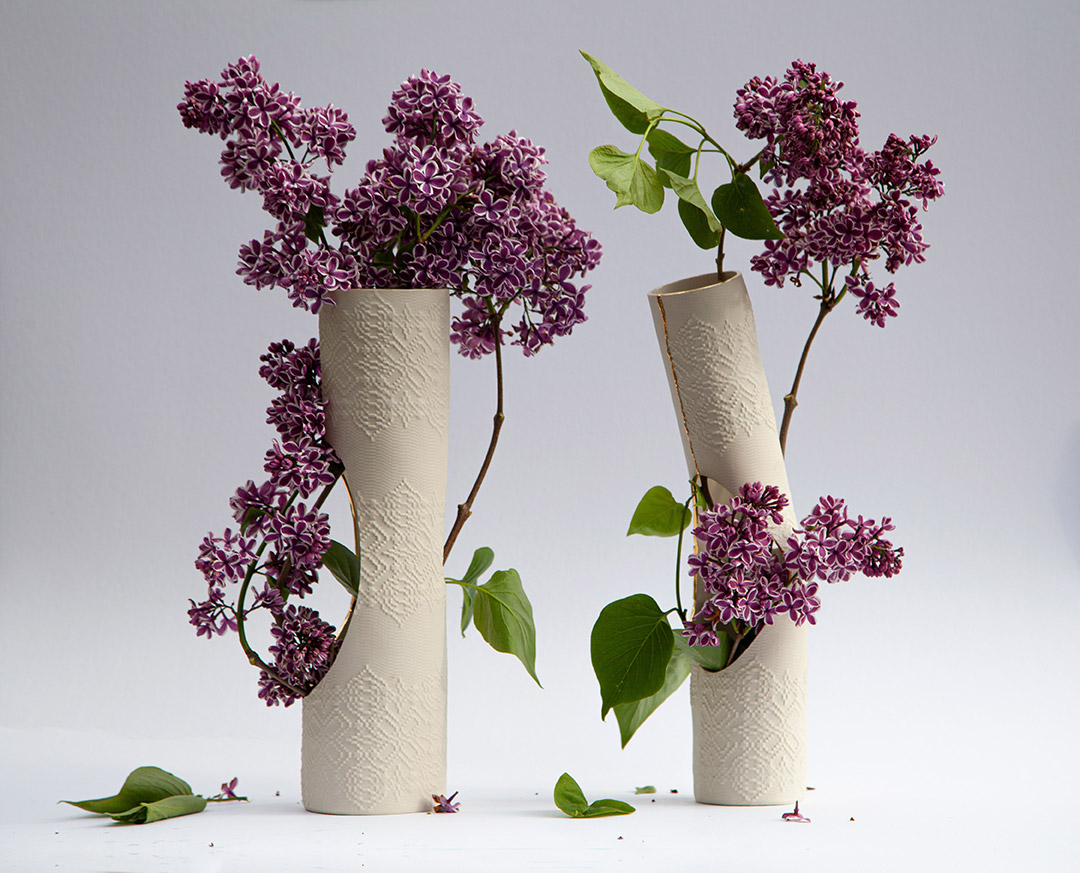
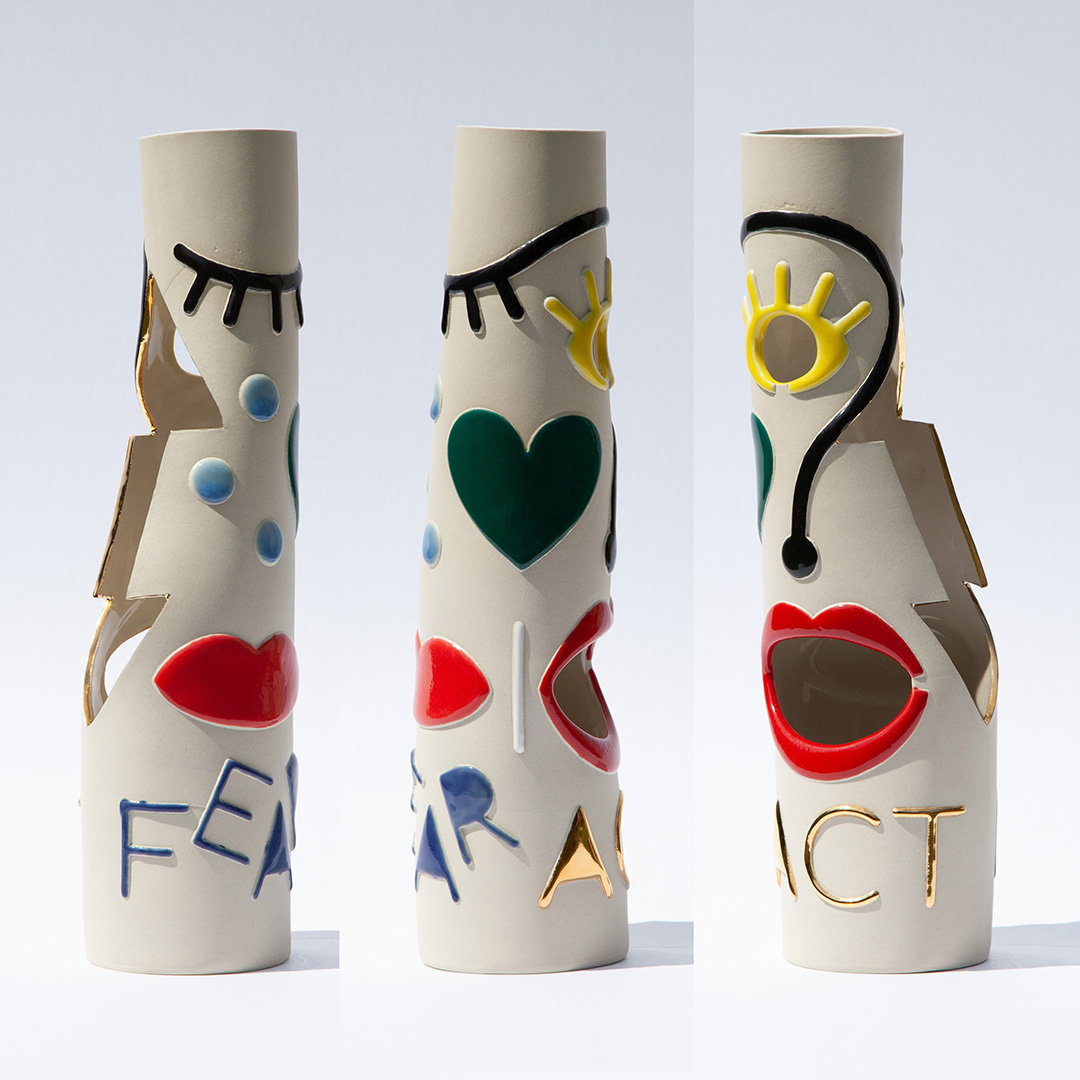
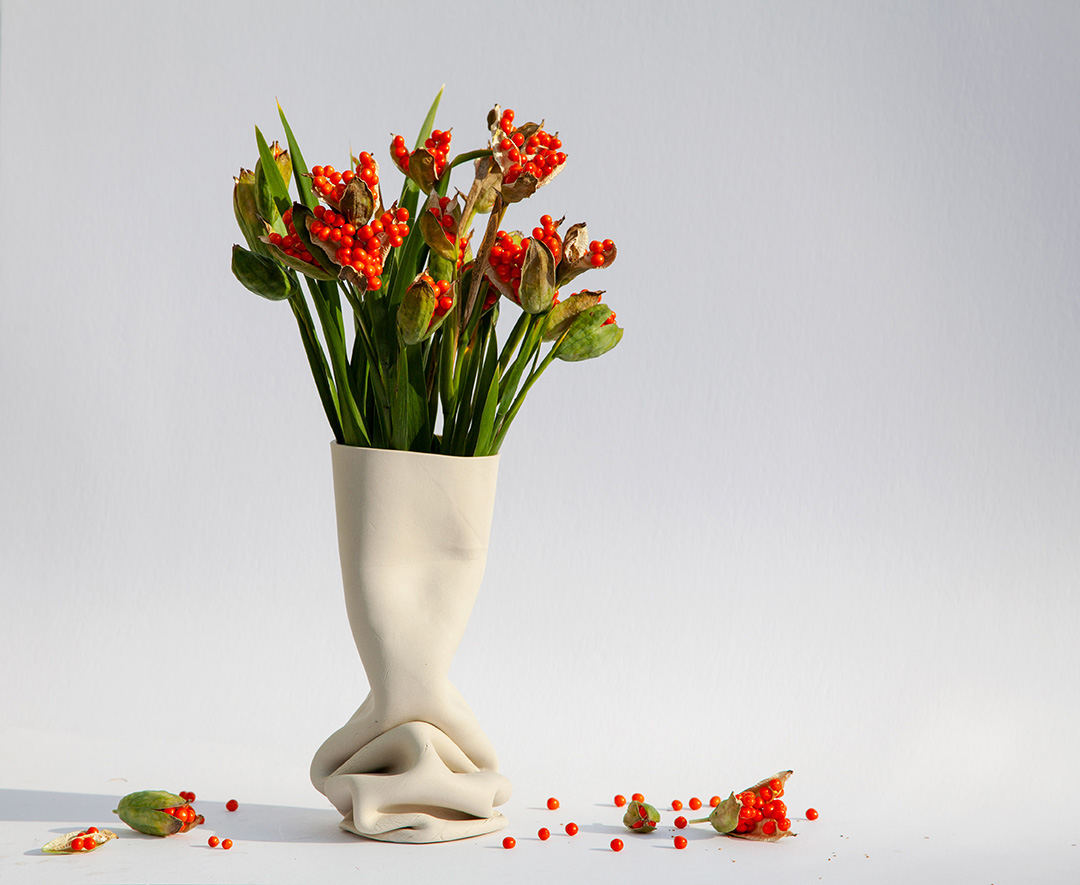
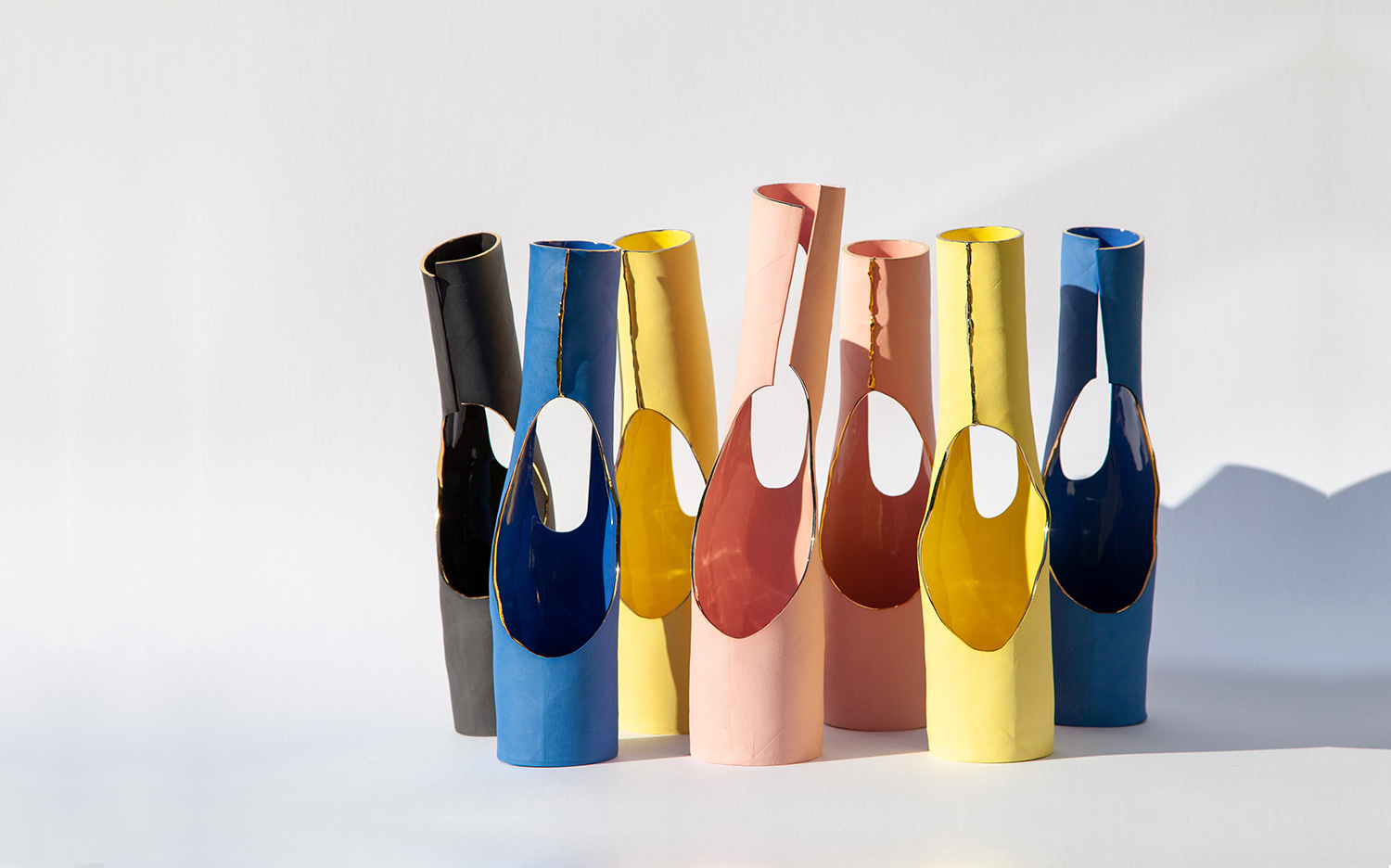
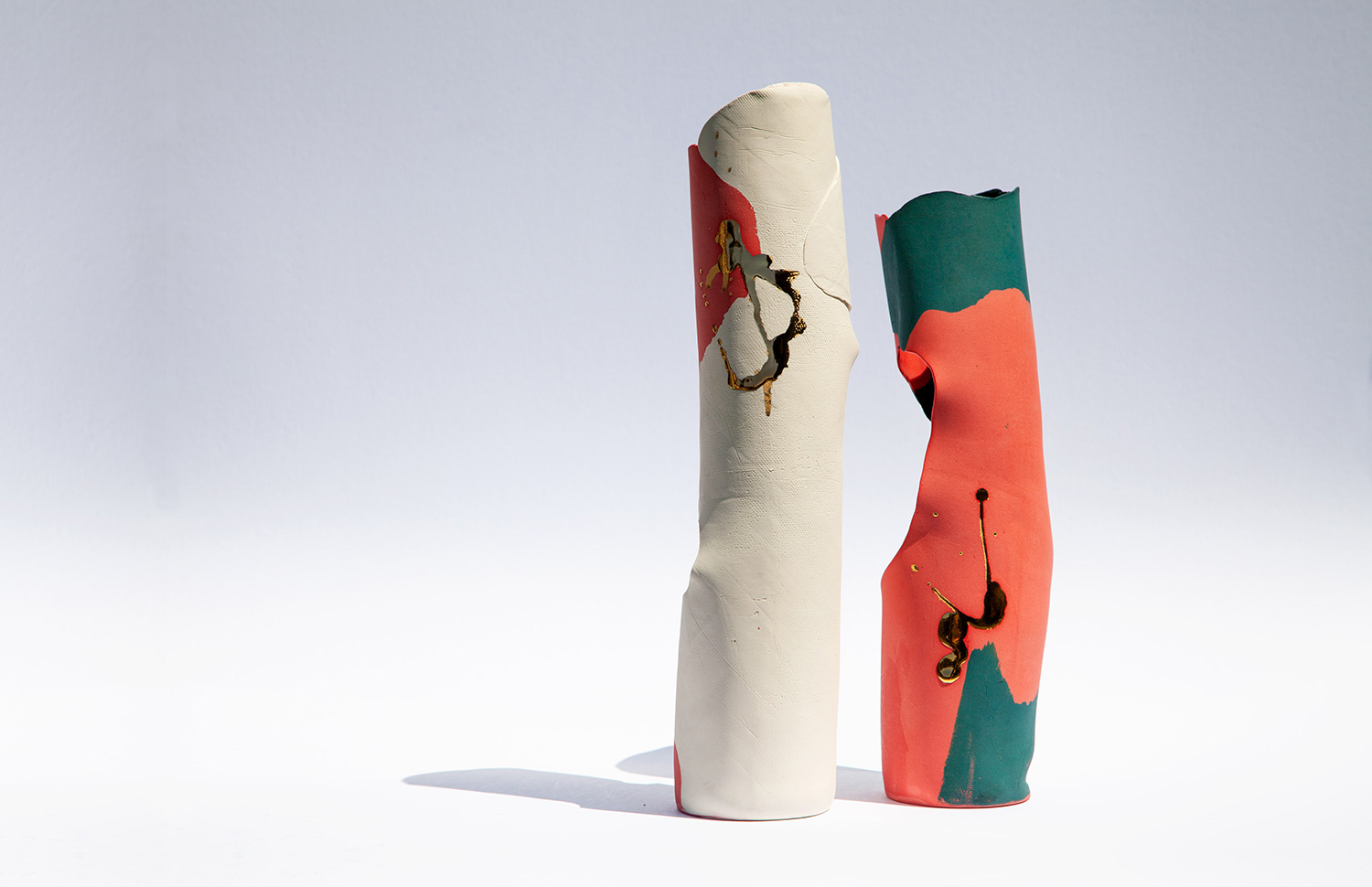
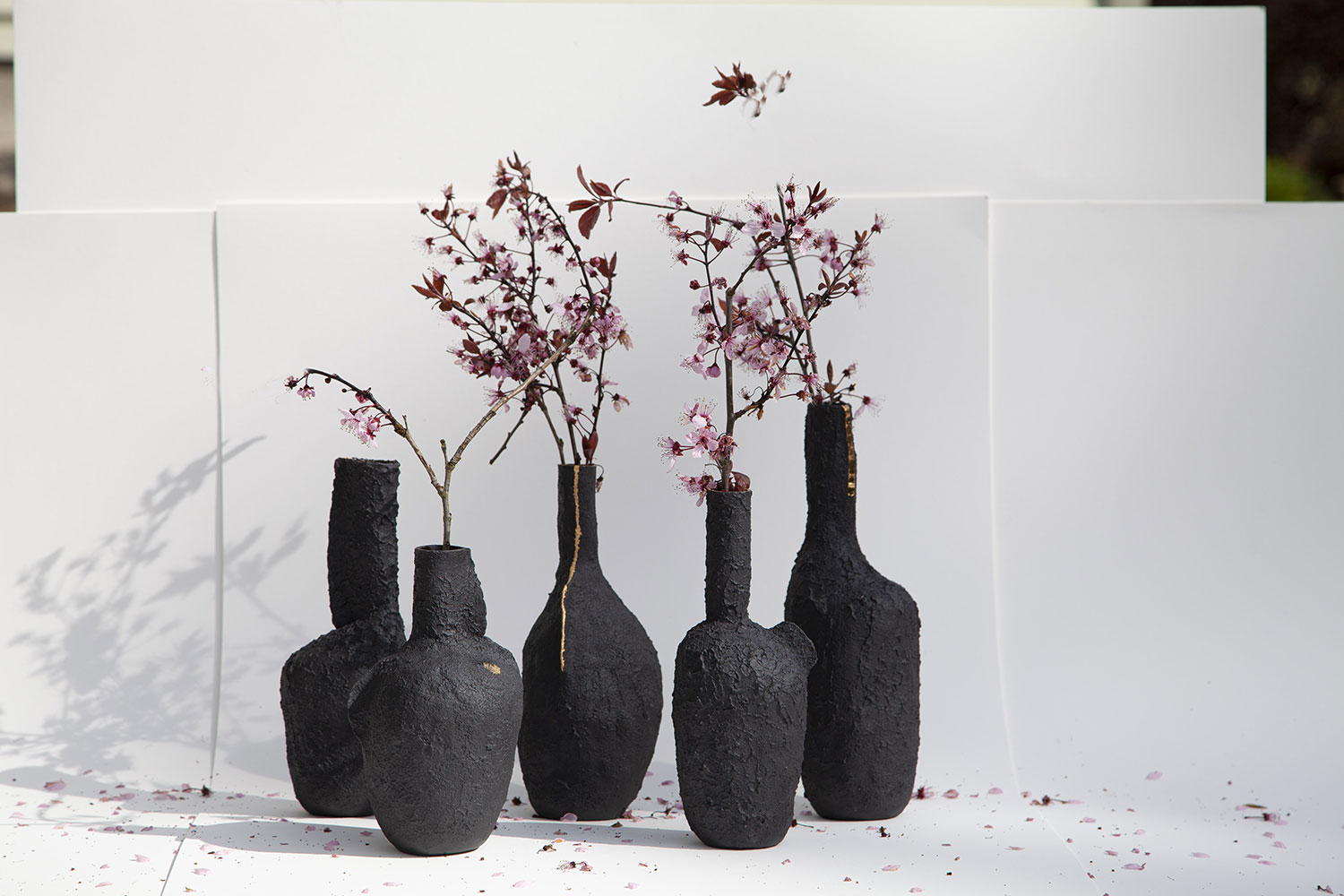
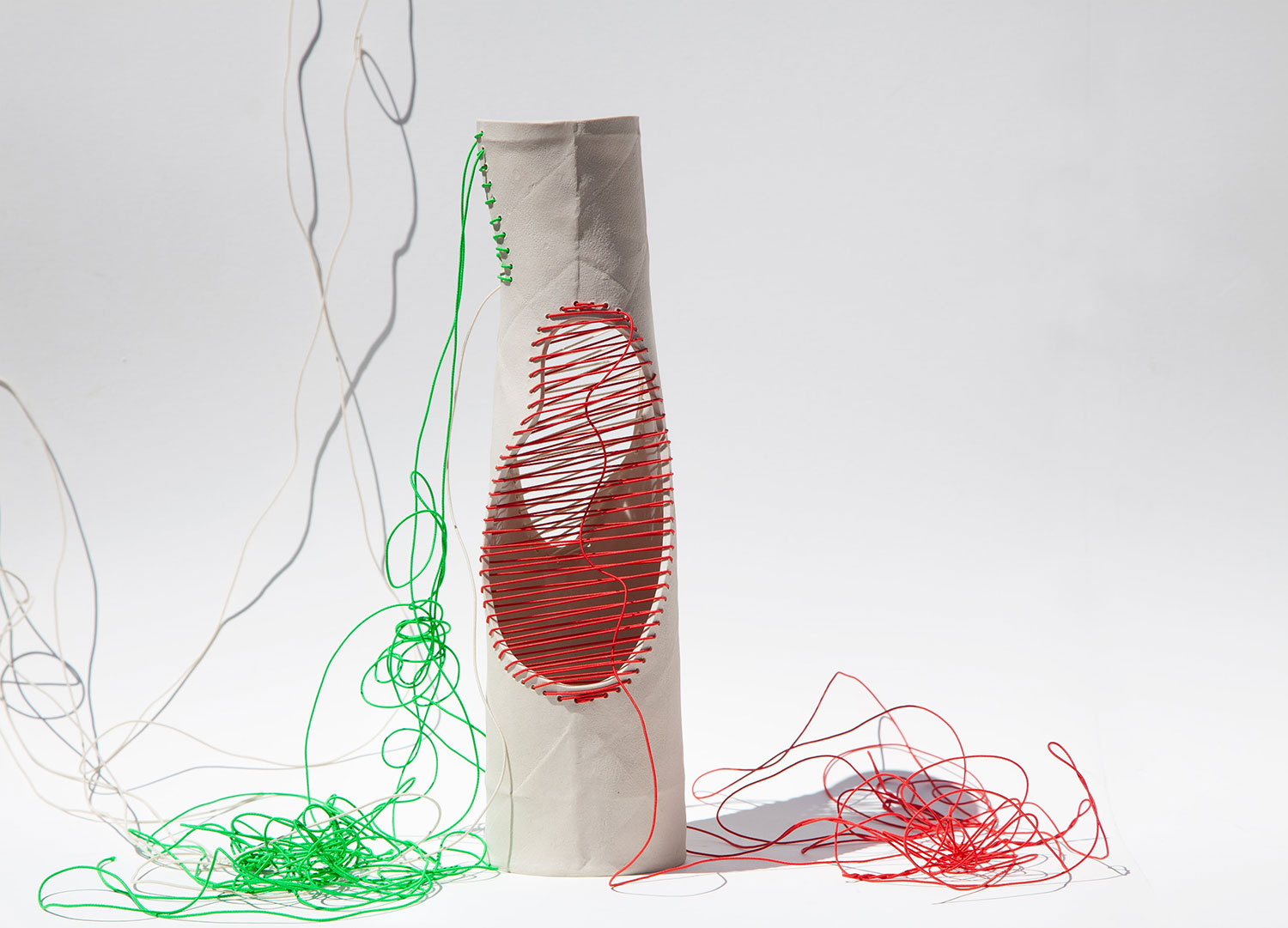
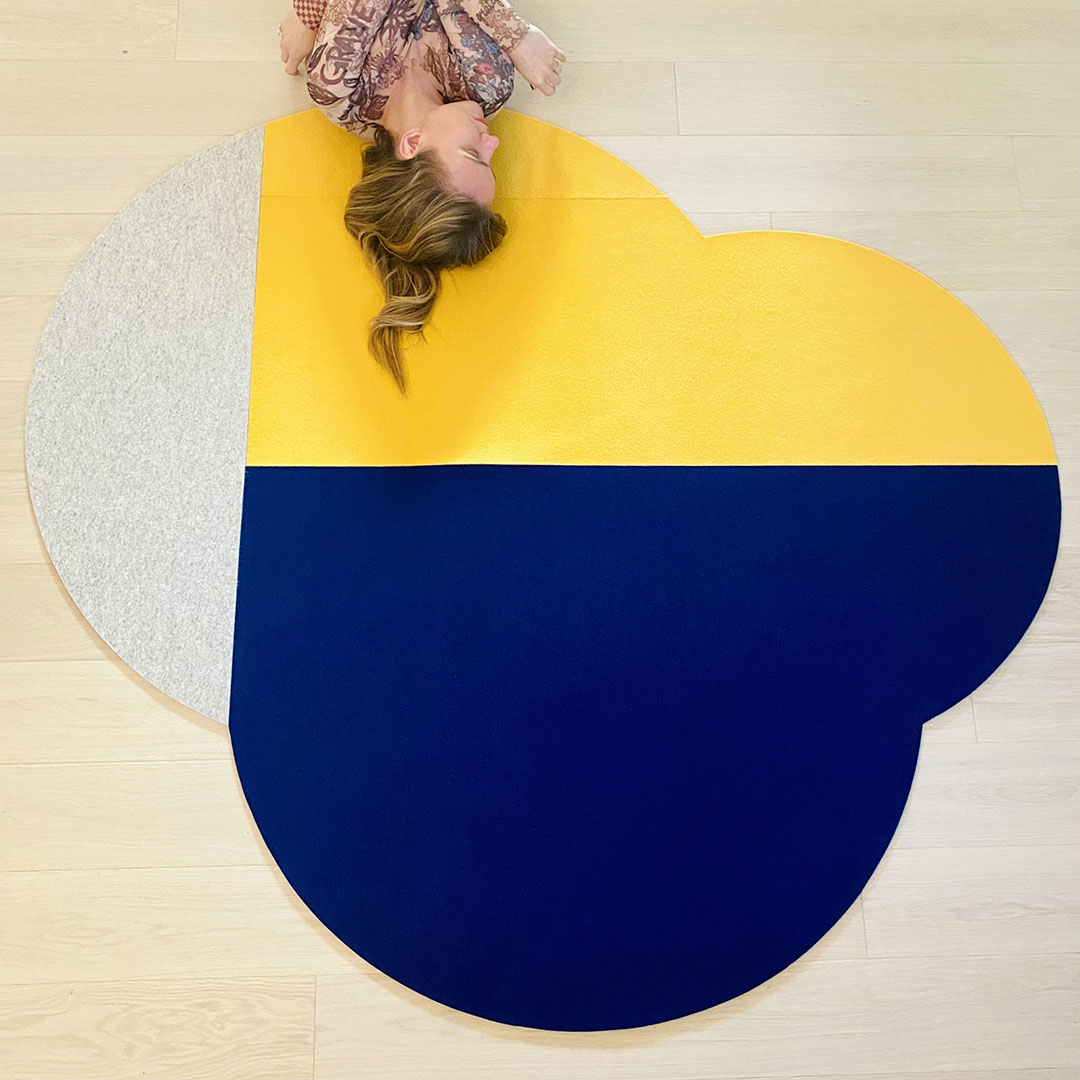
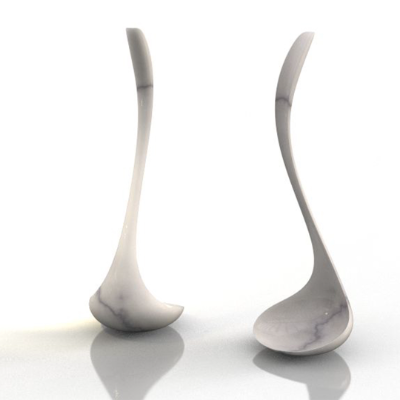
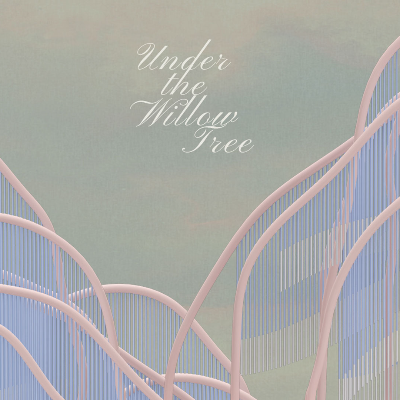
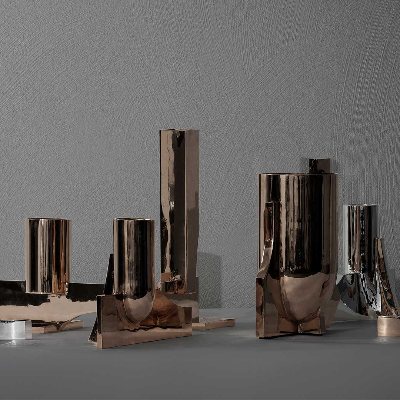
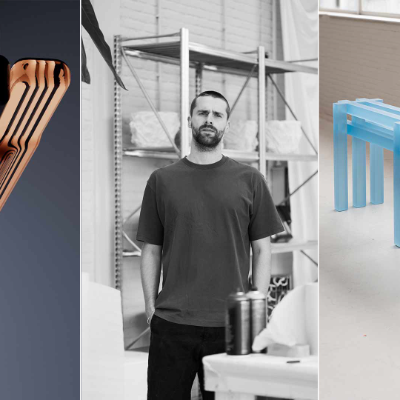
What do you think?